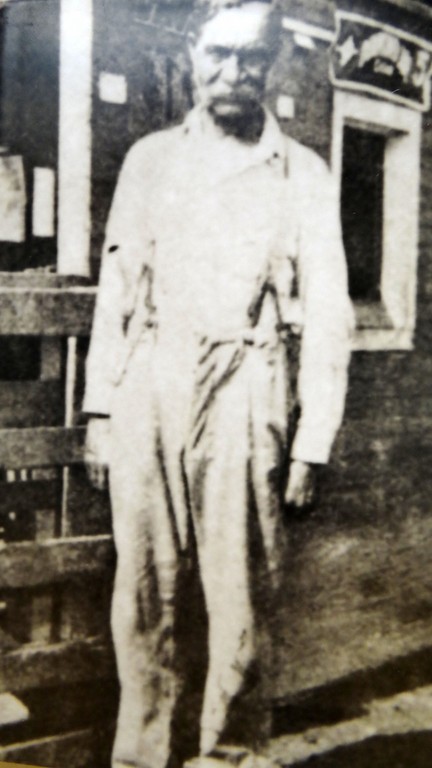
Alex Hayley and Fort Donelson are not related subjects, but when we passed through Savannah, Tennessee earlier this week, we visited the Cherry Mansion which was a Confederate household taken over by General U.S. Grant. It also had another history as its earlier owner, Rudd, built a ferry here to cross the Tennessee River. Who worked for Rudd? Alex Haley, grandfather of Alex Haley, the writer who wrote Roots and Queen.
As a young hopeful novelist in the 1970′s, I attended a workshop in San Jose, CA. and met Alex Haley with his first new book, Roots, just hitting the shelves. It was an exciting and riveting speech he gave about his book and I could have bought an autographed copy, but raising young kids, money was short and I opted to wait for the paperback version, a decision I’ve always regretted.
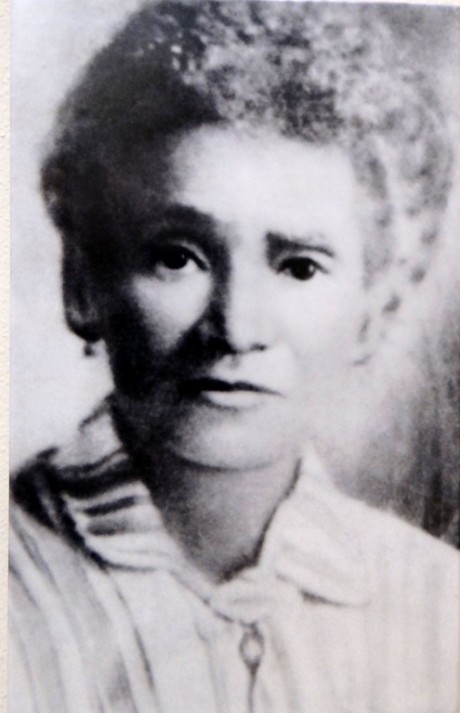
His second book, Queen was about this woman, his grandmother who was born to an African slave mother and a white plantation son named Jackson on the Cypress Plantation in Alabama. She was given his name of Jackson and after the war married Alex Haley. She worked at the Cherry Mansion. The writer, Alex Haley was raised by these grandparents and heard the slave stories at his grandmother’s knee.
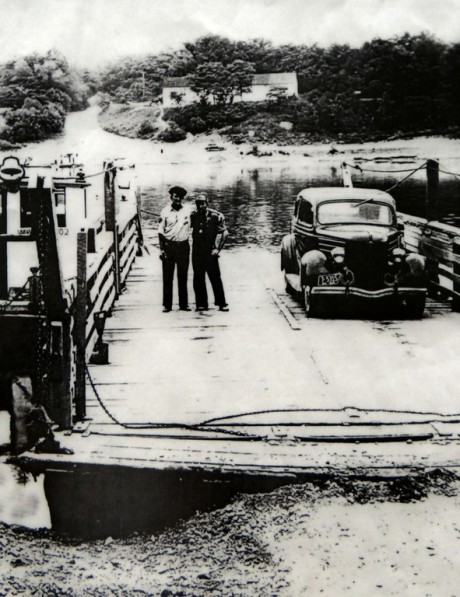
The Rudd ferry landing.
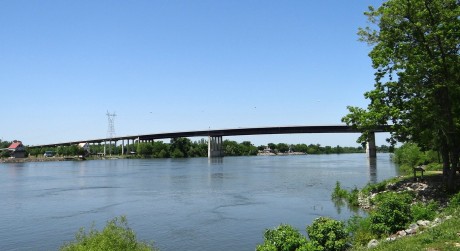
The bridge that replaced the ferry. Near the river park in Savannah is Queen and the two Alex Haley’s graves.
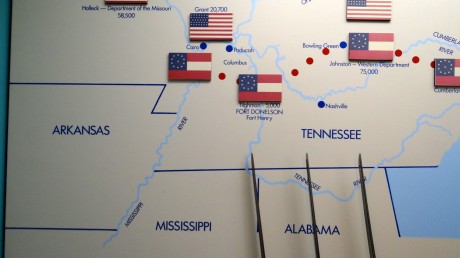
We’ve moved upriver to Clarkesville, Tennessee where Fort Henry and Fort Donelson were located, straddling the river, two pivotal battles in the war. The Confederates knew Fort Henry was vulnerable and decided to concentrate their power on Fort Donelson. The Confederate Generals were inexperienced and untrained in warfare of any kind, nor did they agree on strategy. They had the advantage and without their mistakes, U.S. Grant may not have been the big winner who went on to Shiloh as a hero after taking the two forts. It helps to see a map of the states surrounding Tennessee if you aren’t from this area.
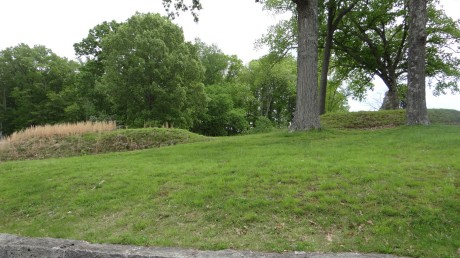
The fort’s cannon were positioned high on this hill where the gun mounds are still evident. They learned from the taking of Fort Henry by the bombarding Iron Clads that the cannon were too high aground to be effective.
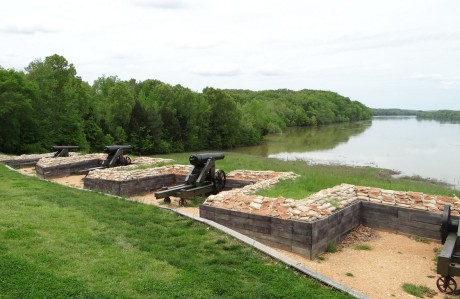
They moved their cannon closer to the water and waited for the Iron Clads.
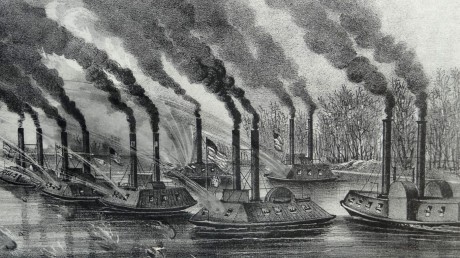
They could see their smoke stacks from a distance and were ready for them, seriously wounding three of them before the battle by land, where General Grant, actually took the fort. They had to surrender unconditionally as per Grant’s conditions and he was ever after called Unconditional Surrender Grant. He was fair and honorable to his fellow Confederate Americans and the 11,000 prisoners were considered among the lucky ones.
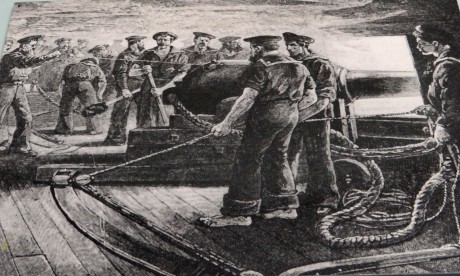
Early sailors were called Blue Boys. They may not have realized they were part of a new branch of the U.S. Government to come, the U.S. Navy.
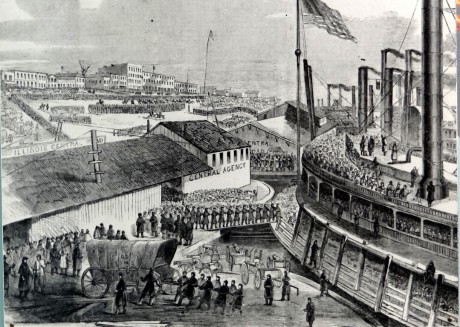
Steamers carried men and equipment up and down the river “roads” deep into the south after Tennessee was opened up to the Union and the supply lines for the Confederates compromised.
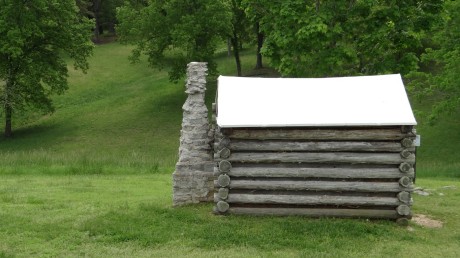
The Confederate garrison had about 400 little cabins like this with a tent roof to help the men make it through the coming winter, which was brutal. The visitor center has a good 15 minute film explaining the battle and picture exhibits as well. The drive to all the sites at the National Battlefield is an easy drive of about 2 miles.
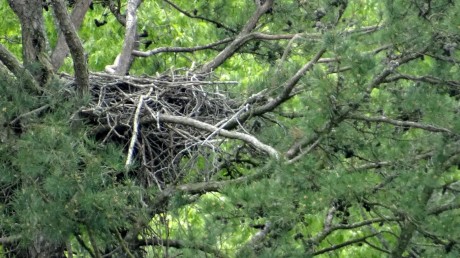
The battlefield “hosts” an eagle’s nest, just like Shiloh. This one is closer to the road, but for the first time in 12 years, the eagle pair had no chicks and there was no activity. Signs around warn not to attempt to feed eagles. A Fed Eagle Is A Dead Eagle. Visitors love the idea of National Battlefields being home to our National Bird.
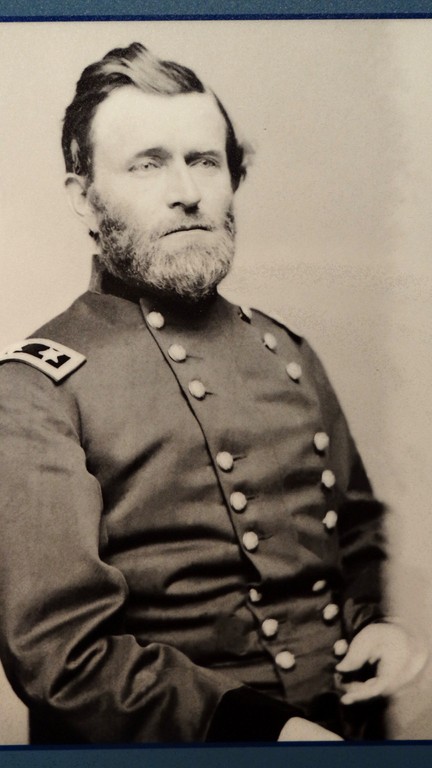
Ulysses S. Grant was best friends in West Point with General Simon B. Buckner who chose the Confederate side to fight. After the Union was reassembled and Grant had served as President, his old friend came to him and they shook hands and discussed the healing of a nation. Grant was very moved by his old friend’s gesture.
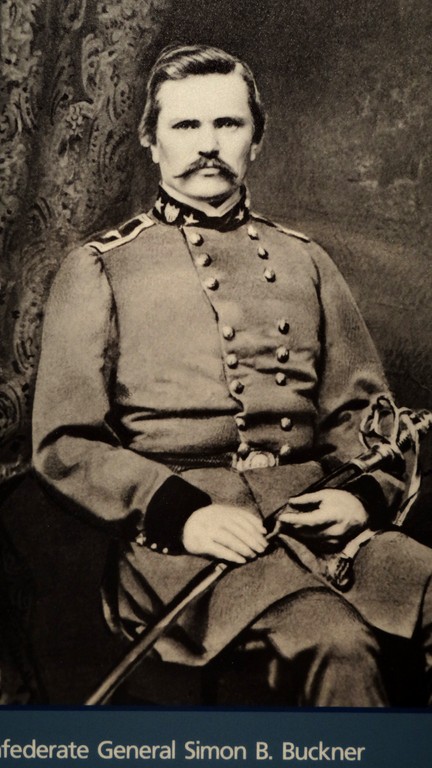
.
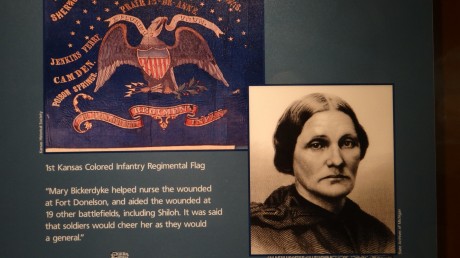
War makes unexpected heroes. Meet Mary Bickerdyke, a revered nurse.
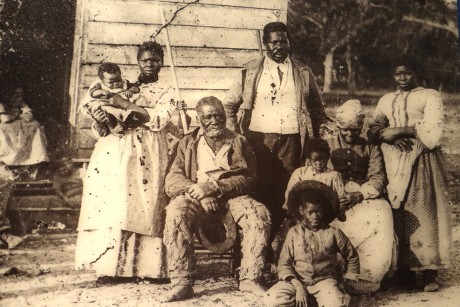
Healing between north and south did come but with great inequality to African-Americans who were deprived of their Civil Rights, including the right to vote, and marginalized by Jim Crow Laws until the 1960′s.
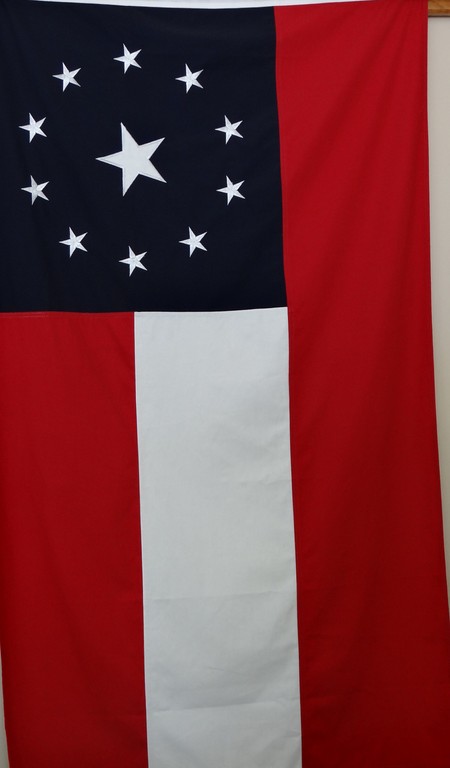
A Confederate Flag.
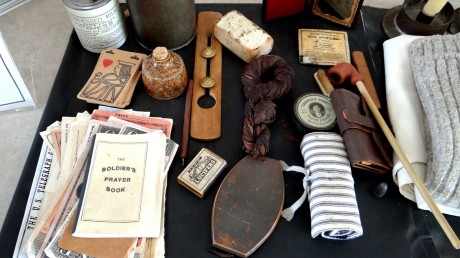
Items a soldier might carry into battle.
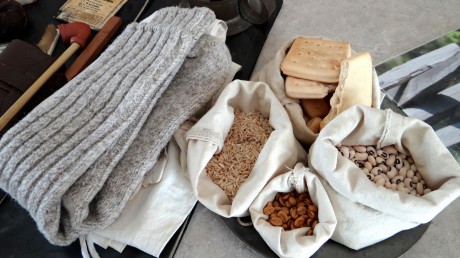
An interesting stop that can be enjoyed by someone who is limited in their walking ability.
1 comment:
v9z93y5q88 w2d82b3u50 z7g67d0v15 f6f13o7l41 d8p62a6l98 w7s06j0u56
Post a Comment